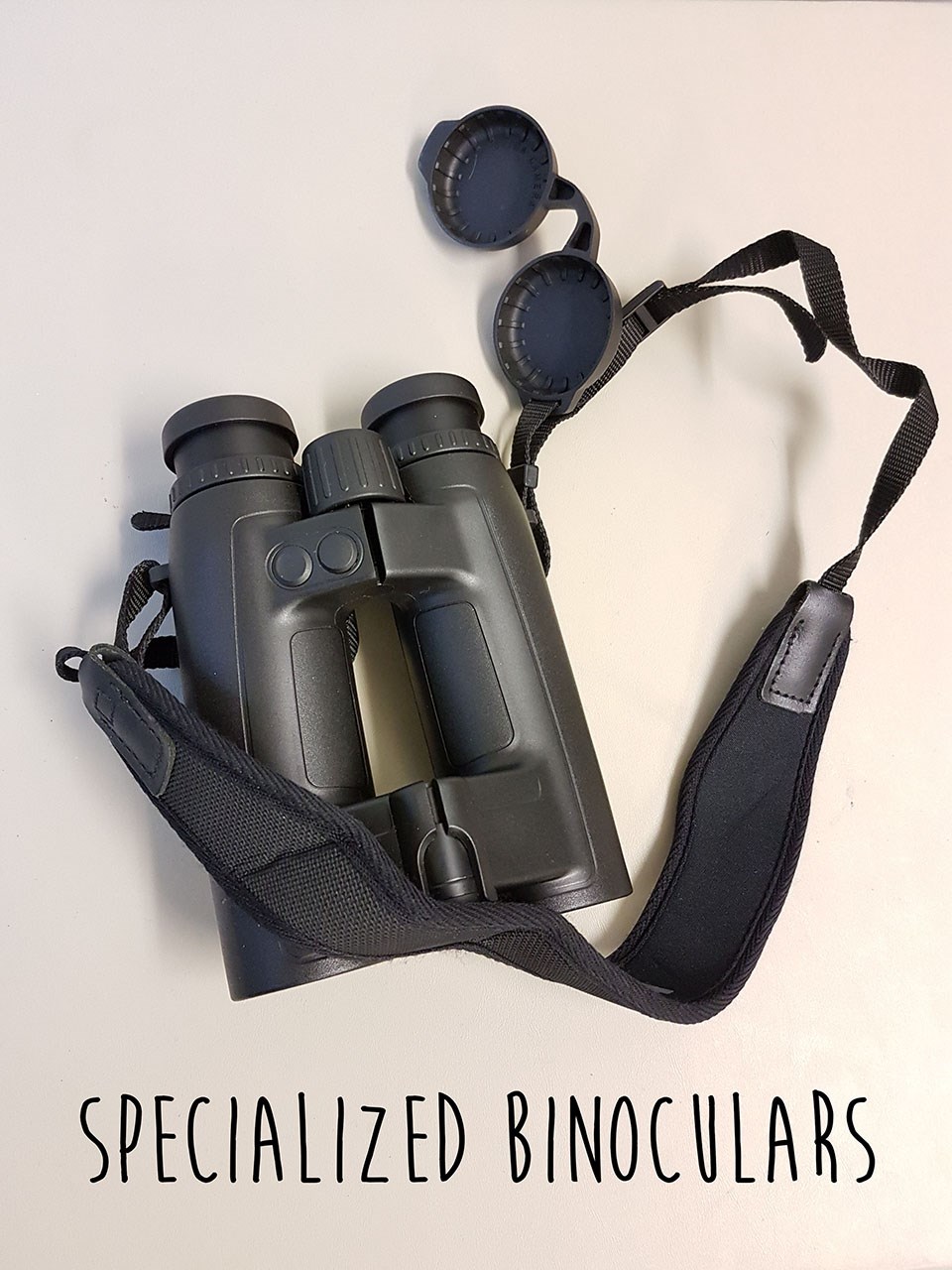Last updated: March 8, 2018
Article
#Sciencedeskdigs: Specialized Binoculars

Everybody counts! And in Glacier Bay NPP every body counts. These specialized binoculars are invaluable in helping Chris Sergeant, NPS Ecologist in Southeast Alaska, track bird populations. Take a gander here and learn what’s so special about this rather ordinary-looking pair.
Tell us more!
Every bird nerd has their favorite pair of binoculars, and mine can measure the distance to a bird hundreds of feet away with an accuracy of one or two yards. Why would someone need such a fancy pair of range-finding binoculars? To count murrelets, of course! Since 2009, our group has been tracking the abundance of Kittlitz’s and marbled murrelets in Glacier Bay National Park and Preserve. Glacier Bay is the summertime home for about one-third of the global population of Kittlitz’s murrelets, an important seabird that relies on icy waters and rugged mountaintops to make a living. As indicators of the health of the Glacier Bay ecosystem, we want to know if murrelet populations are increasing, decreasing, or staying the same over time.
Counting small birds in a large place like Glacier Bay can be tricky business, and one pitfall is that we can’t see every bird along our survey route. The further birds are from our boat, the more likely we are to miss them. To make up for this, we measure the distance to each group of birds we observe, and then adjust our abundance estimates to account for missed individuals. Scientists call this technique, “distance sampling,” and it is the state-of-the-art for many wildlife studies.
So, come July, if you’re lucky enough to be kayaking around Glacier Bay and taking in the amazing scenery, you might see a couple of surveyors aboard our research vessel holding a pair of range-finding binoculars!
If you want to learn more about the unique life of the Kittlitz’s murrelet, please check out my annotated presentation here.
Describe your workspace in one word.
Diverse.
Any given day, I might be running a water sample to an overnight shipper for mercury analysis, writing an annual report on murrelet monitoring, arranging logistics for upcoming field surveys, attending a meeting on long-term streamflow monitoring, or working with talented science communicators to develop fun outreach materials like this desk dig!
